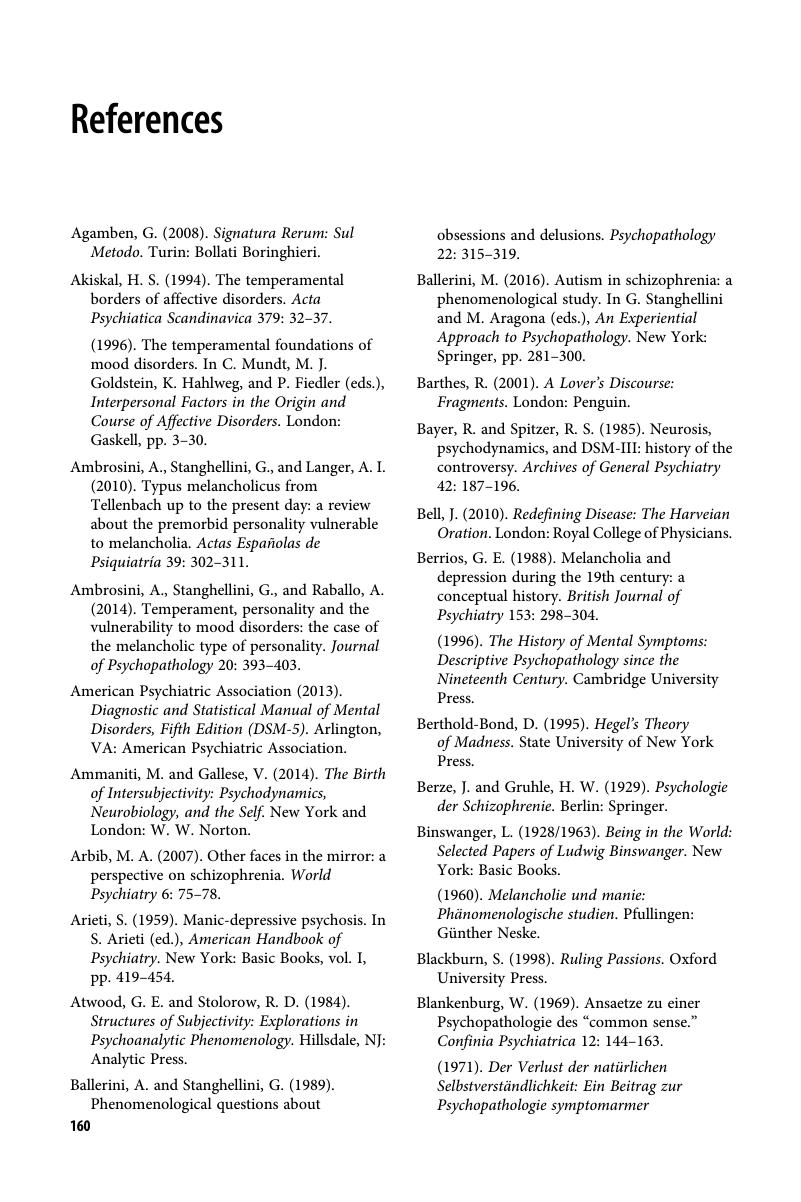References
Published online by Cambridge University Press: 21 August 2017
Summary

- Type
- Chapter
- Information
- The Therapeutic Interview in Mental HealthA Values-Based and Person-Centered Approach, pp. 160 - 173Publisher: Cambridge University PressPrint publication year: 2017



